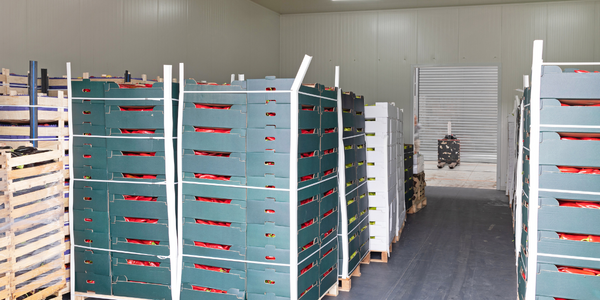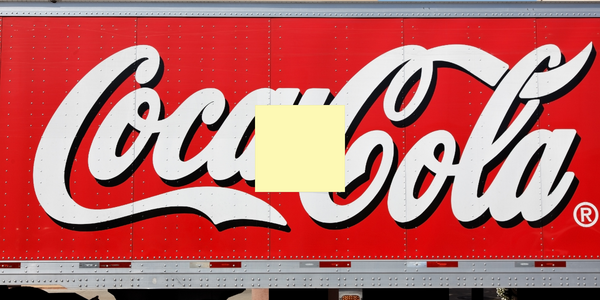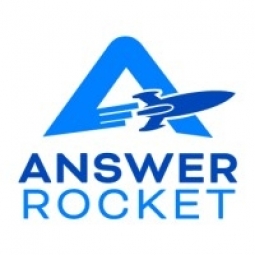公司规模
Mid-size Company
地区
- America
国家
- United States
产品
- AnswerRocket
技术栈
- Natural Language Querying
- Data Visualization
- AI Analytics
实施规模
- Enterprise-wide Deployment
影响指标
- Productivity Improvements
- Innovation Output
技术
- 分析与建模 - 实时分析
适用行业
- 食品与饮料
适用功能
- 销售与市场营销
- 商业运营
用例
- 补货预测
- 需求计划与预测
服务
- 数据科学服务
关于客户
American Licorice Company 是糖果产品制造和营销领域的行业领导者。该公司拥有 100 多年的悠久历史,年收入超过 1 亿美元。他们拥有一支数据和洞察团队,该团队之前一直以手动方式协调和整合各种数据源。该公司在快节奏的市场中运营,需要更高效的流程来及时向其销售和营销团队提供洞察。
挑战
美国甘草公司是糖果产品制造和营销领域的领导者,该公司面临着协调和整合各种数据源的挑战。多年来,数据和洞察团队一直采用手动方式工作,效率低下且耗时。快速发展的市场需要更高效的流程,以便及时向销售和营销团队提供洞察。该公司需要回答一些关键问题,例如如何获得更多产品分销、快速利用趋势以及如何快速将创新推向市场。
解决方案
该公司实施了 AnswerRocket,这是一种整合数据源并生成关键见解的解决方案,有助于做出更好的决策。该解决方案可在几分钟内(而不是几天或几周)提供见解,从而显著提高数据和见解团队的效率。AnswerRocket 具有自然语言查询和直观可视化功能,可帮助业务团队发现更多产品分销的机会并推动创新。该解决方案由跨团队工作的人工智能提供支持,在 American Licorice Company 内部促进了数据驱动的决策文化。
运营影响

Case Study missing?
Start adding your own!
Register with your work email and create a new case study profile for your business.
相关案例.

Case Study
The Kellogg Company
Kellogg keeps a close eye on its trade spend, analyzing large volumes of data and running complex simulations to predict which promotional activities will be the most effective. Kellogg needed to decrease the trade spend but its traditional relational database on premises could not keep up with the pace of demand.

Case Study
HEINEKEN Uses the Cloud to Reach 10.5 Million Consumers
For 2012 campaign, the Bond promotion, it planned to launch the campaign at the same time everywhere on the planet. That created unprecedented challenges for HEINEKEN—nowhere more so than in its technology operation. The primary digital content for the campaign was a 100-megabyte movie that had to play flawlessly for millions of viewers worldwide. After all, Bond never fails. No one was going to tolerate a technology failure that might bruise his brand.Previously, HEINEKEN had supported digital media at its outsourced datacenter. But that datacenter lacked the computing resources HEINEKEN needed, and building them—especially to support peak traffic that would total millions of simultaneous hits—would have been both time-consuming and expensive. Nor would it have provided the geographic reach that HEINEKEN needed to minimize latency worldwide.

Case Study
Energy Management System at Sugar Industry
The company wanted to use the information from the system to claim under the renewable energy certificate scheme. The benefit to the company under the renewable energy certificates is Rs 75 million a year. To enable the above, an end-to-end solution for load monitoring, consumption monitoring, online data monitoring, automatic meter data acquisition which can be exported to SAP and other applications is required.

Case Study
Coca Cola Swaziland Conco Case Study
Coco Cola Swaziland, South Africa would like to find a solution that would enable the following results: - Reduce energy consumption by 20% in one year. - Formulate a series of strategic initiatives that would enlist the commitment of corporate management and create employee awareness while helping meet departmental targets and investing in tools that assist with energy management. - Formulate a series of tactical initiatives that would optimize energy usage on the shop floor. These would include charging forklifts and running cold rooms only during off-peak periods, running the dust extractors only during working hours and basing lights and air-conditioning on someone’s presence. - Increase visibility into the factory and other processes. - Enable limited, non-intrusive control functions for certain processes.

Case Study
Temperature Monitoring for Restaurant Food Storage
When it came to implementing a solution, Mr. Nesbitt had an idea of what functionality that he wanted. Although not mandated by Health Canada, Mr. Nesbitt wanted to ensure quality control issues met the highest possible standards as part of his commitment to top-of-class food services. This wish list included an easy-to use temperature-monitoring system that could provide a visible display of the temperatures of all of his refrigerators and freezers, including historical information so that he could review the performance of his equipment. It also had to provide alert notification (but email alerts and SMS text message alerts) to alert key staff in the event that a cooling system was exceeding pre-set warning limits.

Case Study
Coca-Cola Refreshments, U.S.
Coca-Cola Refreshments owns and manages Coca-Cola branded refrigerators in retail establishments. Legacy systems were used to locate equipment information by logging onto multiple servers which took up to 8 hours to update information on 30-40 units. The company had no overall visibility into equipment status or maintenance history.







